How Afghanistan became the most dangerous country in the world
More bombings on Independence Day after 63 people killed in a suicide bomb attack on Kabul wedding
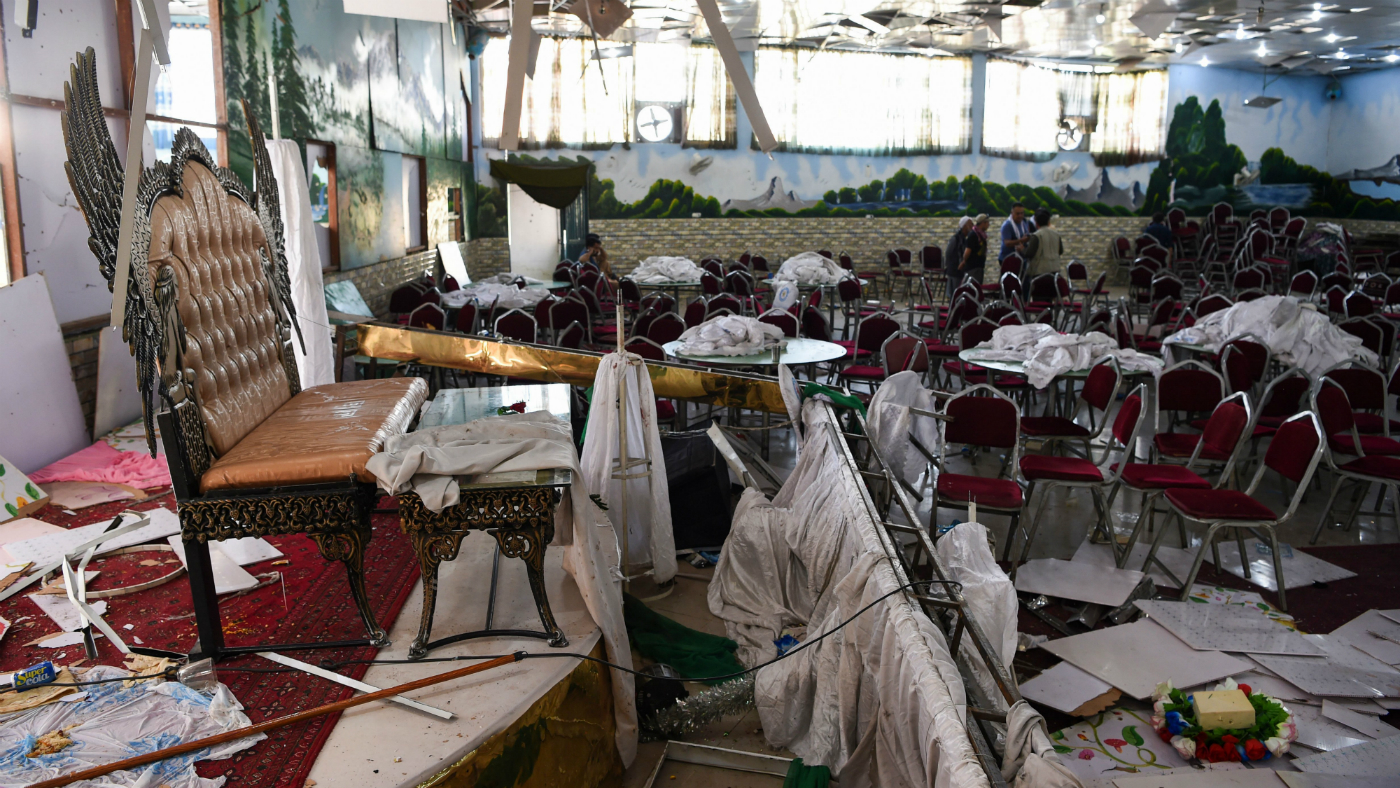
A series of bombs have been detonated across Jalalabad, Afghanistan, just two days after 63 people were left dead in an attack on a wedding reception in the capital, Kabul.
At least 66 people, including 20 children, are reported to have been wounded in today’s Jalalabad bombings, which struck restaurants and public squares in the eastern city.
No group has yet claimed responsibility for the attack, which came as the country was due to mark the 100th anniversary of its independence from British rule.
The Week
Escape your echo chamber. Get the facts behind the news, plus analysis from multiple perspectives.

Sign up for The Week's Free Newsletters
From our morning news briefing to a weekly Good News Newsletter, get the best of The Week delivered directly to your inbox.
From our morning news briefing to a weekly Good News Newsletter, get the best of The Week delivered directly to your inbox.
Celebrations had already been curtailed after the suicide bomb attack on a wedding in Kabul on Saturday evening. Islamic State (Isis) said that a Pakistani militant detonated an explosive vest in a crowd at the wedding, then detonated a car bomb when emergency services arrived.
Afghanistan’s President Ashraf Ghani condemned the “barbaric” attack.
“The Taliban cannot absolve themselves of blame, for they provide platform for terrorists”, he added.
The Taliban has denied any involvement and condemned the attack.
A free daily email with the biggest news stories of the day – and the best features from TheWeek.com
The groom, speaking to local TV, said: “My family, my bride are in shock, they cannot even speak. My bride keeps fainting.
“I know that this won’t be the last suffering for Afghans, the suffering will continue.”
Less than a fortnight ago, the Taliban bombed a Kabul police station, killing 14 and injuring 150, mostly civilians.
On Friday, Donald Trump tweeted that the US and Taliban were “looking to make a deal – if possible”.
The continuing violence in Afghanistan means it is now “the least peaceful country in the world”, according to the Institute for Economics and Peace. So how did it get to this?
A turbulent history
Afghanistan has a long and proud history, but it has suffered troubled times in the last century, says PBS.
Fighting between the Soviet-backed government and US-backed Mujahideen militias led to the formation of al-Qa'eda in 1988 by Osama bin Laden.
The Soviets withdrew in 1989, and the Mujahideen seized power in Kabul in 1992, but the continuing violence gave rise to the Taliban, seen as bringers of peace and stability, who rose to power by 1995.
After the 9/11 terror attacks on the US in 2001, the American administration insisted that Osama bin Laden be extradited to the US. The Taliban refused, and in October 2001 the Americans start bombing Taliban targets in Afghanistan.
Nato forces gradually took over peacekeeping operations from the US, and in 2013, the Afghan army took over all security operations from Nato.
In 2014, Ashraf Ghani was elected president of Afghanistan amid claims of election fraud.
The recent increase in violence
The Kabul wedding bombing has renewed fears about the threat Isis poses in Afghanistan, says AP.
With the group losing territory in Syria and Iraq, UN secretary-general António Guterres has warned that Afghanistan is now the de facto home for extremists in the region.
The number of Isis fighters in Afghanistan has risen to 4,000 from only a few dozen in 2014. They are considered even more dangerous to the international community than the Taliban, which has been negotiating with the US government to end nearly two decades of fighting, says CNN.
Zalmay Khalilzad, the US envoy in talks with the Taliban, said the peace process must be accelerated to put Afghanistan in a “much stronger position to defeat” Isis.
But while the US hopes that the Taliban might be able to temper Isis capacity, there are concerns that radical Taliban fighters unhappy with the negotiations might be tempted to switch allegiances and join the Islamic State.
Nato Secretary-General Jens Stoltenberg said in May that Afghanistan was Nato’s highest operational priority: “We remain committed to our goal of ensuring Afghanistan never again becomes a platform to export terrorism.”
The Kabul wedding attack comes after the deadliest month in Afghanistan for over two years. More than 1,500 civilians were killed or wounded in July, according to the UN Assistance Mission in Afghanistan.
In 2018, there were almost 4,000 civilian deaths in Afghanistan, the highest recorded number in 17 years of war, says CNN.
-
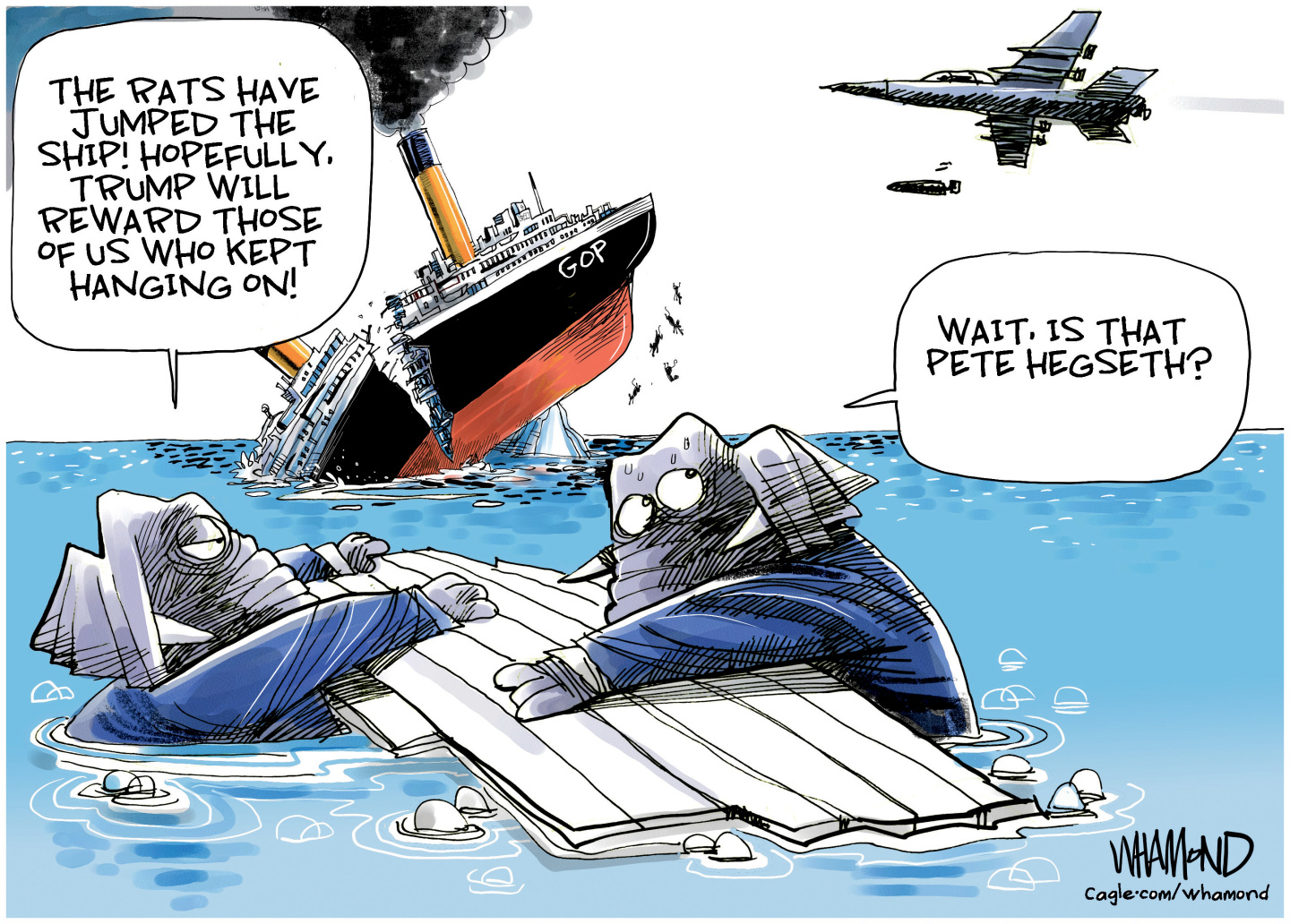 Political cartoons for December 20
Political cartoons for December 20Cartoons Saturday’s political cartoons include drowning rats, the ACA, and more
-
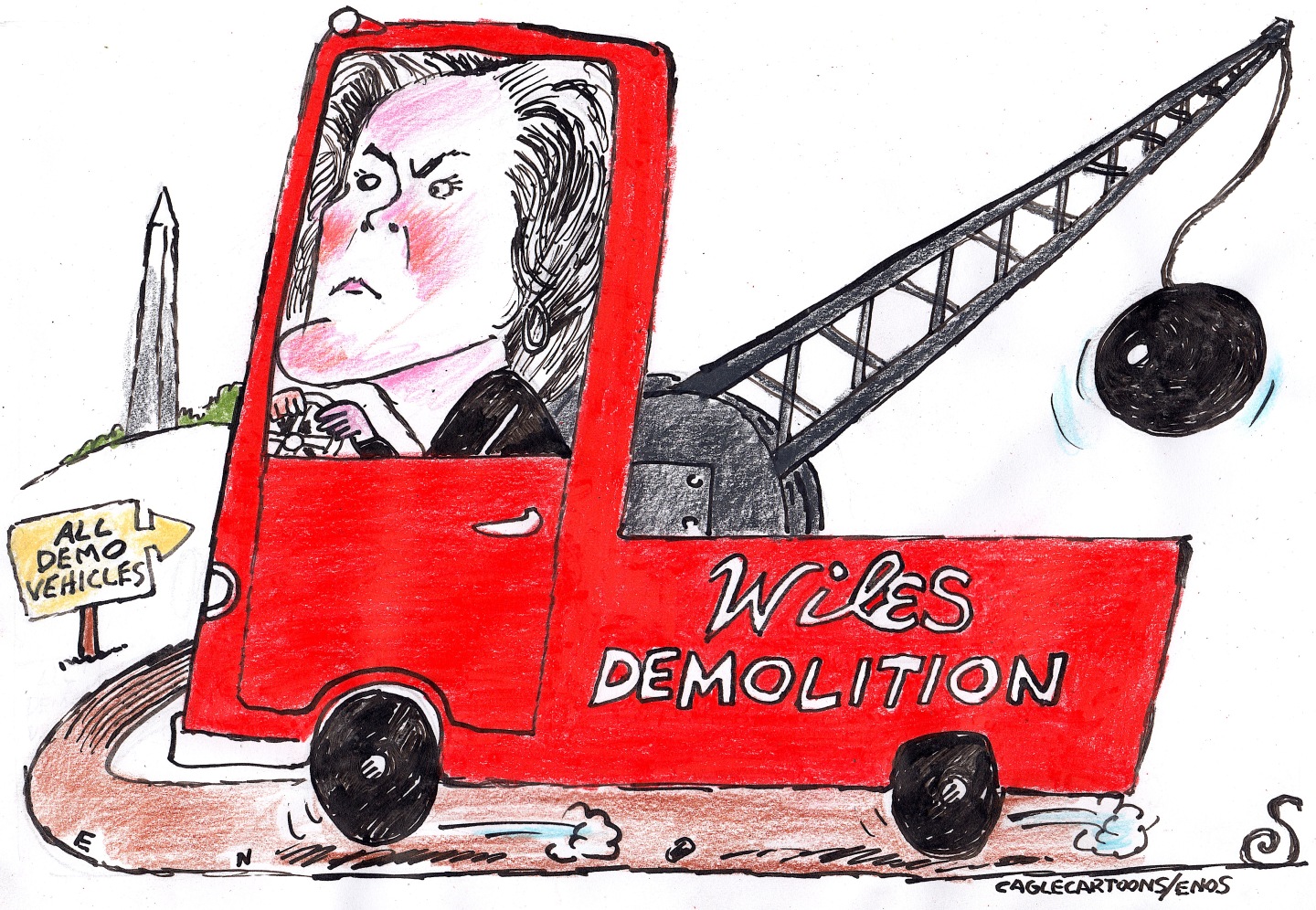 5 fairly vain cartoons about Vanity Fair’s interviews with Susie Wiles
5 fairly vain cartoons about Vanity Fair’s interviews with Susie WilesCartoon Artists take on demolition derby, alcoholic personality, and more
-
 Joanna Trollope: novelist who had a No. 1 bestseller with The Rector’s Wife
Joanna Trollope: novelist who had a No. 1 bestseller with The Rector’s WifeIn the Spotlight Trollope found fame with intelligent novels about the dramas and dilemmas of modern women
-
 How Bulgaria’s government fell amid mass protests
How Bulgaria’s government fell amid mass protestsThe Explainer The country’s prime minister resigned as part of the fallout
-
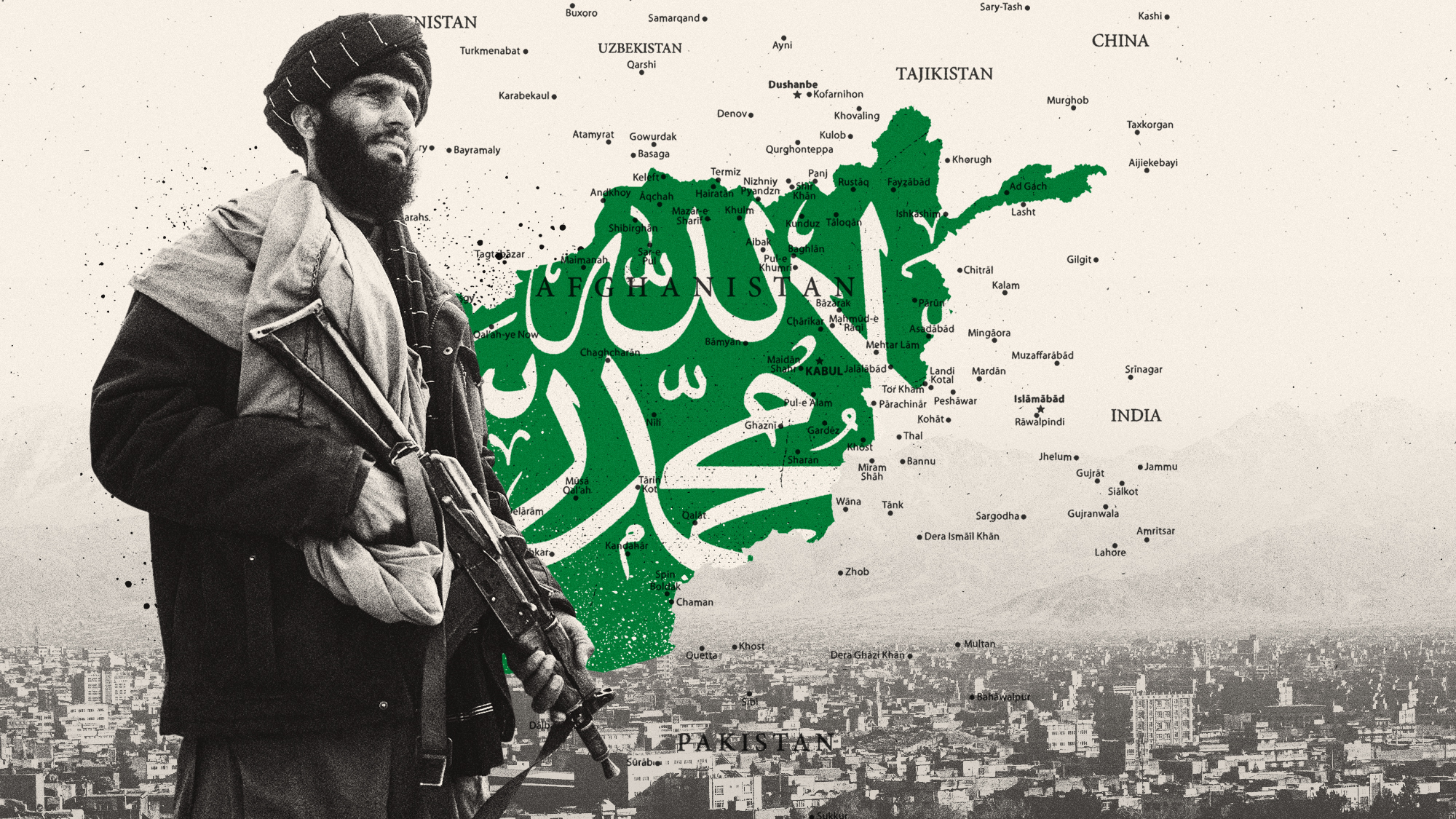 Normalising relations with the Taliban in Afghanistan
Normalising relations with the Taliban in AfghanistanThe Explainer The regime is coming in from the diplomatic cold, as countries lose hope of armed opposition and seek cooperation on counterterrorism, counter-narcotics and deportation of immigrants
-
 Femicide: Italy’s newest crime
Femicide: Italy’s newest crimeThe Explainer Landmark law to criminalise murder of a woman as an ‘act of hatred’ or ‘subjugation’ but critics say Italy is still deeply patriarchal
-
 Brazil’s Bolsonaro behind bars after appeals run out
Brazil’s Bolsonaro behind bars after appeals run outSpeed Read He will serve 27 years in prison
-
 Americans traveling abroad face renewed criticism in the Trump era
Americans traveling abroad face renewed criticism in the Trump eraThe Explainer Some of Trump’s behavior has Americans being questioned
-
 Nigeria confused by Trump invasion threat
Nigeria confused by Trump invasion threatSpeed Read Trump has claimed the country is persecuting Christians
-
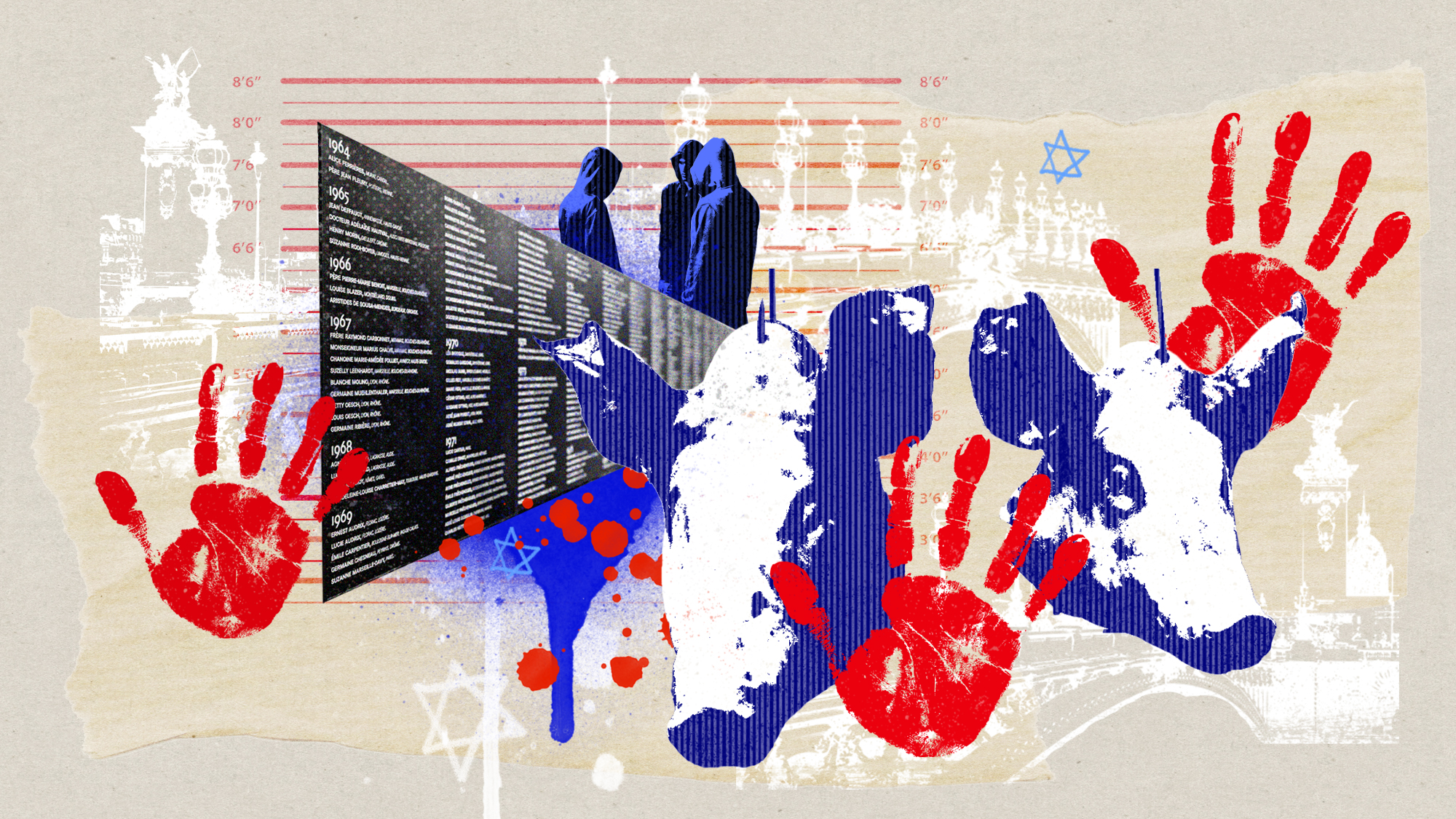 France’s ‘red hands’ trial highlights alleged Russian disruption operations
France’s ‘red hands’ trial highlights alleged Russian disruption operationsUNDER THE RADAR Attacks on religious and cultural institutions around France have authorities worried about Moscow’s effort to sow chaos in one of Europe’s political centers
-
 Sanae Takaichi: Japan’s Iron Lady set to be the country’s first woman prime minister
Sanae Takaichi: Japan’s Iron Lady set to be the country’s first woman prime ministerIn the Spotlight Takaichi is a member of Japan’s conservative, nationalist Liberal Democratic Party